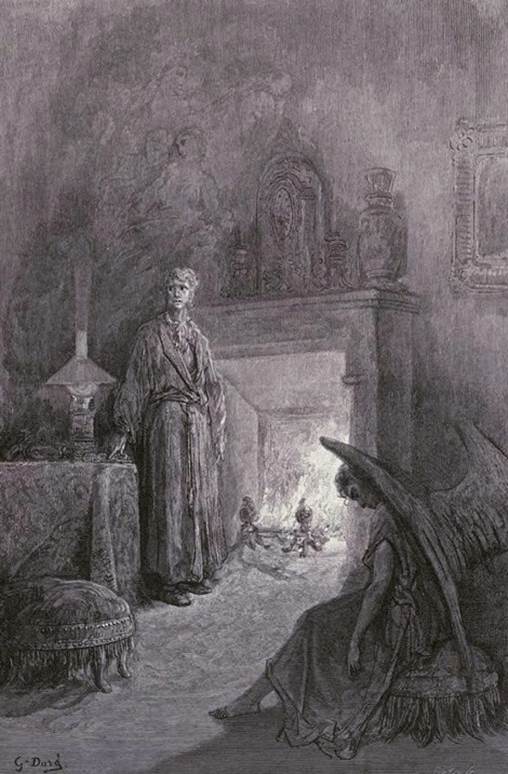Making a Universe Part 5
Bell’s inequality

I have been meaning to give two more talks on what you find if you treat the universe as simply a puzzle instead of whatever emotionally charged other thing you prefer. And unsurprisingly reason and passion have given us different interpretations. Alas my shriveled old brain has forgotten my final, climactic exposition, but I do remember that I needed to speak of “Bell’s Inequality” so I’ll do that before straying off to some stuff with political and some stuff with highly dubious content.
John Stewart Bell FRS was a physicist born in Northern Ireland in 1928. Among other accomplishments he pronounced what has been called the most profound discovery in science ever (of course I’d say number two; number one is explained in this series), which is: No physical theory of local hidden variables can ever reproduce all of the predictions of quantum mechanics.
That one may seem a bit too abstract. What is the ordinary slob like me supposed to do with “all the predictions of quantum mechanics”? So let me pull an example from Wikipedia. (https://en.wikipedia.org/wiki/Bell%27s_theorem)
Imagine a way to split a particle (with certain properties, one of which is “spin.” We’ll pretend that really means spin, although definitions get really hairy in this field. Assuming the parts of the particle are the same weight, then the spin of one has to be equal and opposite the spin of the other. Else we would violate the principle of “conservation of momentum” and find the universe lurching one way and then the other for all the world like me fumbling for the bathroom light in the wee small hours. We shall say that if the two particles could be examined, finding equal and opposite spin would prompt us to say they “match,” although of course they don’t really.
So we set up a beam going two directions, with a “spin detector” recording the spin as “down” or “up” (another hairy definition, alas) for each passing particle. If we set up a second “spin detector” on the other beam aligned exactly the same way, we would find a match every ever-loving time. Got that? And if we rotate detector two 90° we expect zero matches.
We rotate detector two 1° to the right of center so everything matches. Now we ought to get about 99% match. That’s because 1oo, as in % is pretty close to 90, as in degrees. If we rotate it another degree, for a total of two, the number of mismatches should be 98% OR MORE, according to classical physics. But quantum physics says the mismatch will be LESS. That is the inequality. Or maybe I have it backwards. Go to Wikipedia yourself, it will be good for your soul.
In order to account for the difference, you have to have the particle at detector one know what has happened at detector two. Bell outlined three ways it might know. First, a signal might travel from detector two, bringing the information. But that would mean exceeding the speed of light in order to get there in time, and we usually reject that one. Second, the settings at both ends of the study were established from the foundation of the universe, and all existence is totally pre-ordained. We reject that one because we don’t like it. Third, and most weirdly, the photon at two DOES NOT COMPLELETLY EXIST until it has been measured, whether that measurement is done at detector one or detector two. In short nothing exists until it is observed. Hence the old riddle, “If a tree falls in the forest and nobody is near enough to hear, does it make a sound?” Presented without background, the riddle is just silly. A dear friend has rephrased it, “If a man alone in a forest says something and no woman hears him, is he still wrong?”
I grew up in the era when the third exlplanation was totally accepted by science. Then in medical school they told us that you could alter somebody’s memories under certain circumstance. Well if the memory of the result of the measurement changes, the clearly the measurement has changed and reality is different. This piece of madness kept me amused for some time.
Of course, by now you have picked up on the fact that it is actually explanation two that is true. Number three is spooky and unnecessary. There is absolute pre-ordination of absolutely everything and we are quite used to it. Time runs backwards, the past is the future, and it all makes perfect sense.
Video scripts directory
Home page
